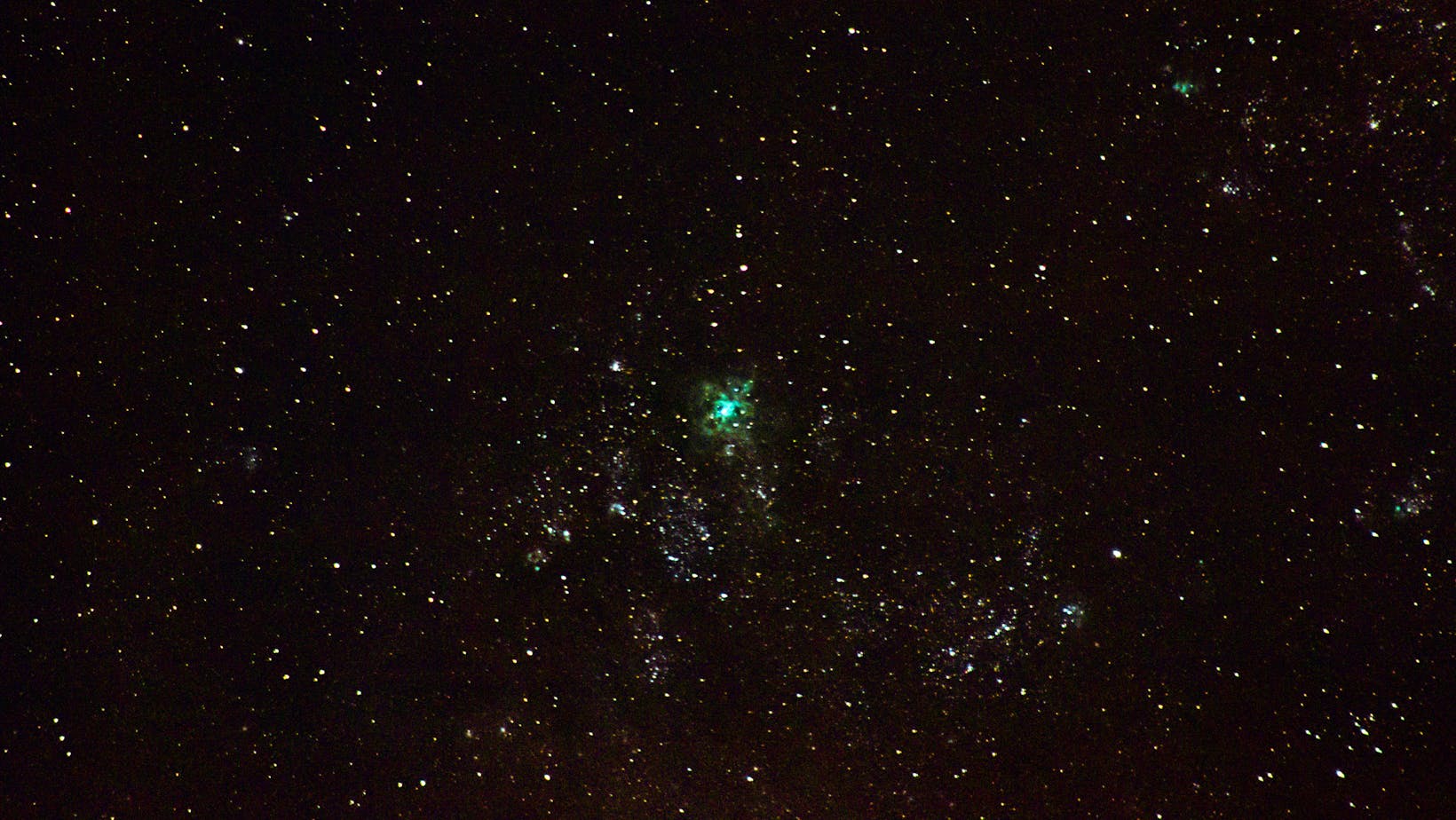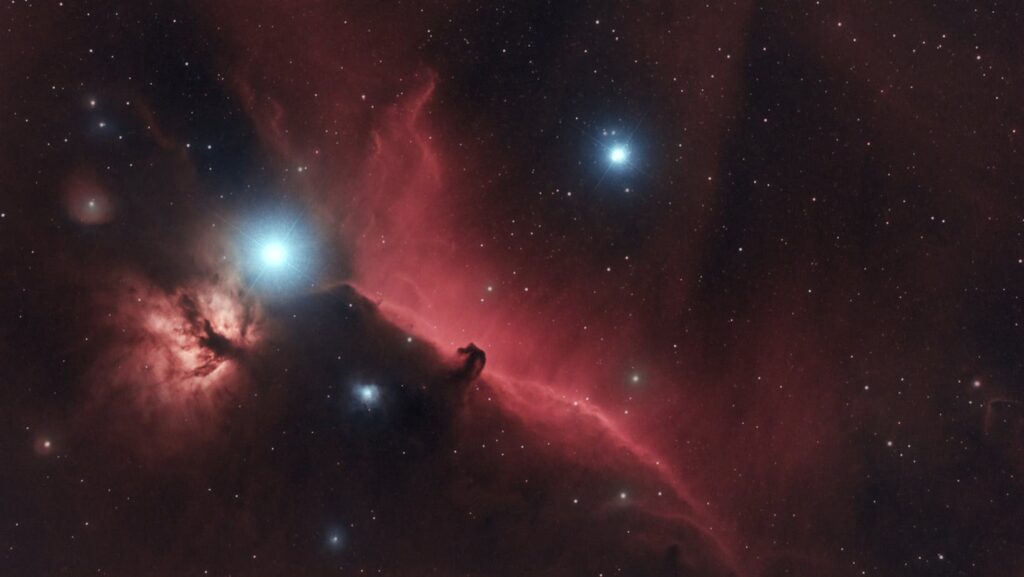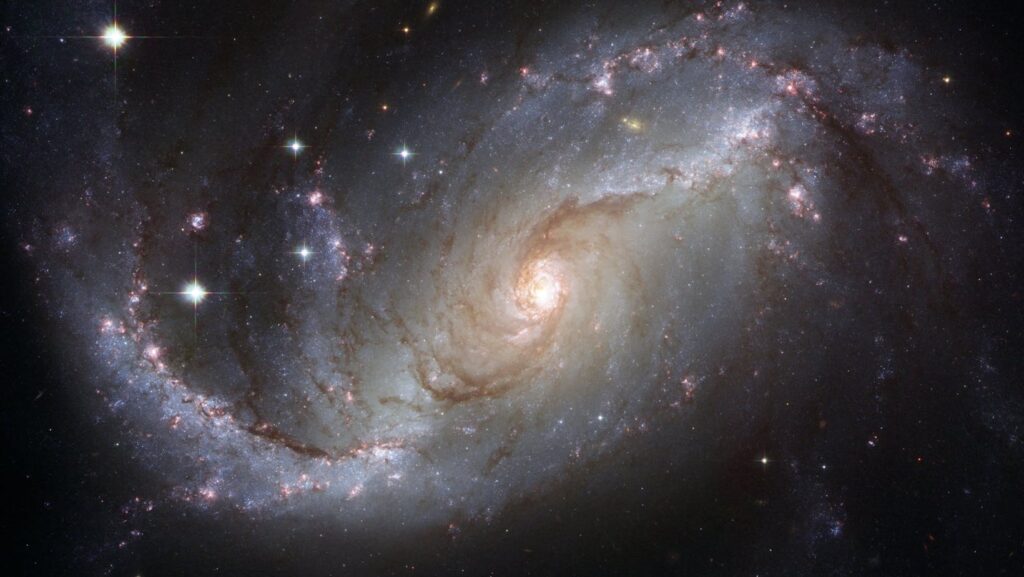Imagine a night sky, dusted with stars, each one a distant sun. But beyond these stars, hidden in the cosmic shadows, lies a world far more expansive and mysterious – the realm of background galaxies.
Understanding the Concept of Background Galaxy
Delving deeper into the cosmos, one comes across a significant entity – the background galaxy. These hidden celestial treasures, often outshined by brighter stars, possess a wealth of information about the universe.

A background galaxy, as the term implies, is a far-off galaxy that resides behind a nearer galaxy or star cluster. Distinct based on their subdued visibility, these galaxies serve as keystones for astronomers, offering clues to the universe’s structure and evolution. They’re not simply dim stars out there; they’re encyclopedias comprising data that run billions of years back.
Background galaxies aren’t typically visible to the naked eye, due to their muted luminescence. But they’re not entirely elusive. With advances in technology, astronomers use sophisticated telescopes and infrared imaging to detect and study these galaxies.
The Role of Background Galaxies in Astrophysics

Background galaxies, acting as natural gravitational lenses, bend and magnify light from more distant galaxies. This gravitational lensing, forecasted by Einstein’s theory of general relativity, amplifies the light of very distant objects. Observable in phenomena such as ‘Einstein’s rings’, where the galaxy behind a gravitational lens forms a perfect circle in our field of vision. Experts exploit these anomalies, allowing more profound analysis of distant galaxies that’d otherwise remain undetectable by current technologies.
Another fascinating aspect of background galaxies involves dark matter – a notorious puzzle in astrophysics. Dark matter, an invisible entity accounting for approximately 85% of the universe’s total mass, does not interact with electromagnetic radiation, making it exceedingly elusive. However, the effects of dark matter become visible through the gravitational interaction it has with visible matter located in background galaxies. By observing the gravitational lensing effects on background galaxies, astrophysicists can infer the distribution and amount of dark matter in intervening galaxy clusters. For example, a study using the Dark Energy Camera scientists revealed, based on distortions in the images of background galaxies, a rich, dense network of dark matter in the Coma cluster.
Characteristics of Background Galaxies
Sizes and Shapes of Background Galaxies
Background galaxies, though distant and often diminutive from our viewpoint, exhibit a vast range of sizes and shapes. Lenticular galaxies, exemplified by NGC 5866, tend to be disk-like with a bulged center and little to no gas or dust. Elliptical galaxies, represented by M87, flaunt a spherical structure and harbor comparatively older stars than their spiral or irregular counterparts.
On the other hand, spiral galaxies, mimic the Milky Way’s structure, while irregular galaxies, such as the Large Magellanic Cloud, display no clear shape or structure. It’s the gravitational effects, primarily resulting from dark matter, which dictate these varied forms of galaxies.
Distance and Brightness of Background Galaxies

Distances between the observer and these background galaxies are colossal, often measured in light-years or parsecs, for accuracy. For instance, the Andromeda Galaxy, our nearest spiral galaxy neighbor, is approximately 2.537 million light-years away.
Brightness, a discernible feature of background galaxies, depends on numerous factors, including its size, the number and type of stars it houses, its age, and its distance from the observer. For example, a galaxy like M32, a known satellite of the Andromeda, may appear dim due to its smaller size and lesser population of luminous stars.
Yet, due to gravitational lensing, a galaxy much farther away and initially dimmer, could appear brighter, providing astronomers with valuable insights into dark matter’s existence and distribution.
Hidden Corners of the Universe
Background galaxies aren’t just distant specks of light in the cosmic backdrop. They’re instrumental in our understanding of the universe’s elusive elements, such as dark matter. They act as gravitational lenses, offering a deeper look into the cosmos’ hidden corners. With the aid of technology like the Hubble Space Telescope, we’re able to study these galaxies in detail.

